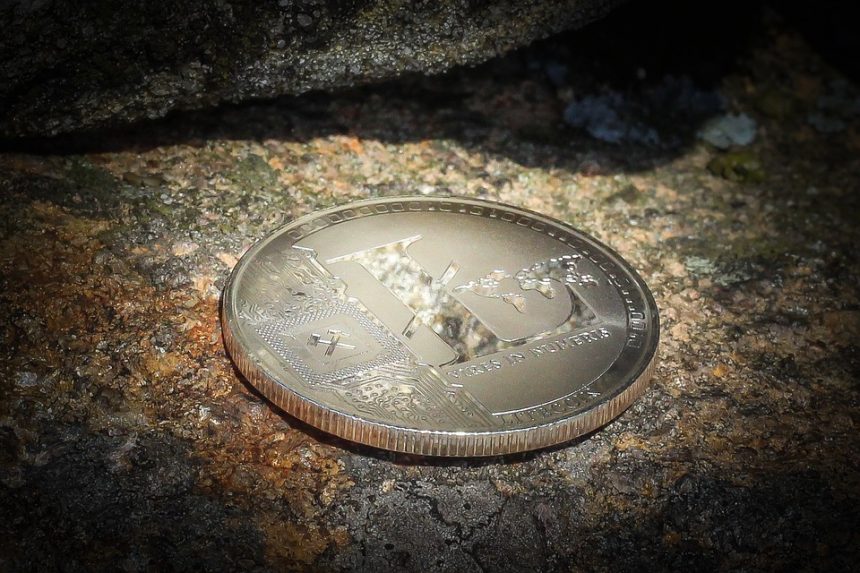Understanding the Risks of DeFi: A Comprehensive Review for Investors
Introduction
Decentralized Finance (DeFi) has emerged as one of the most innovative applications of blockchain technology, offering a decentralized alternative to traditional financial systems. DeFi platforms enable users to lend, borrow, trade, and earn interest on their crypto assets without the need for intermediaries such as banks. While the promise of DeFi is alluring, it is crucial for investors to understand the risks associated with this rapidly evolving space. This article provides a comprehensive review of the primary risks that investors should be aware of when participating in DeFi.
1. Smart Contract Vulnerabilities
At the heart of DeFi are smart contracts—self-executing contracts with the terms of the agreement directly written into code. While smart contracts automate processes and eliminate the need for intermediaries, they are not immune to vulnerabilities. Flaws in the code can lead to unintended consequences, including loss of funds. High-profile hacks and exploits have illustrated this risk spectacularly, such as the infamous DAO hack in 2016 and more recent incidents affecting DeFi protocols. Investors must assess the quality of the code, conduct thorough research on the team behind the project, and be wary of new or untested platforms.
2. Market Volatility
The cryptocurrency market is notoriously volatile, with prices often swinging dramatically in short periods. This volatility can significantly impact DeFi investments, particularly those involving yield farming, liquidity provision, or leveraged trading. For example, a sudden drop in the value of a collateral asset can trigger liquidation events, resulting in steep losses for investors. Furthermore, new DeFi tokens can experience price manipulation, providing opportunities for experienced traders but posing considerable risks for others.
3. Platform Risks
DeFi projects range widely in terms of reliability, with some having undergone extensive audits while others operate with minimal oversight. As an investor, it is essential to evaluate the underlying platform’s credibility and its history. Instances of rug pulls—when developers withdraw all funds from a project—have plagued the space, leaving investors with worthless tokens. Always examine project audits, community engagement, and the team’s background before making investment decisions.
4. Regulatory Risks
The regulatory landscape surrounding DeFi is evolving, and governments worldwide are increasingly scrutinizing the sector. Regulatory changes can have significant implications for DeFi projects, ranging from compliance requirements to outright bans. Investors should stay informed about the regulatory environment in their jurisdictions, as unanticipated regulations could impact the legality and operational capacity of a DeFi platform.
5. Liquidity Risks
Liquidity risks are common in DeFi, especially for smaller tokens or less popular platforms. Insufficient liquidity can hinder an investor’s ability to execute trades or withdraw funds when needed, leading to price slippage. Additionally, during market downturns, liquidity can evaporate quickly, making it challenging to convert assets to cash. Investors should analyze trading volumes and liquidity levels before engaging with specific DeFi tokens or platforms.
6. Governance Risks
Many DeFi projects are governed by decentralized autonomous organizations (DAOs), where token holders vote on important protocol decisions. While this structure promotes decentralization and community involvement, governance models can also present risks. Disparities in voting power can lead to centralization issues where a small group of holders exerts excessive control over protocol changes. Furthermore, poorly managed governance proposals can lead to adverse decisions that impact the project’s viability.
7. Impermanent Loss
For users who engage in providing liquidity to decentralized exchanges, impermanent loss is a significant concern. This occurs when the price of the tokens deposited into a liquidity pool changes relative to when they were deposited, potentially resulting in lower returns compared to simply holding the tokens. Investors must factor this phenomenon into their overall strategy and consider the implications when selecting liquidity pools to participate in.
Conclusion
While DeFi presents exciting opportunities for investors, it is not without its risks. Engaging with decentralized finance requires a thorough understanding of these potential pitfalls and a willingness to conduct in-depth research. By staying informed, assessing projects carefully, and maintaining a diversified portfolio, investors can navigate the complexities of DeFi more effectively. As the landscape continues to evolve, a prudent approach will be essential for anyone looking to partake in the future of finance.






